Lidar (Light Detection and Ranging)
What is lidar?
Lidar is the acronym for Light Detection and Ranging. It is a type of remote sensing technology, similar to radar where a signal is returned from a target but where radar utilizes electromagnetic waves, lidar uses laser light to determine the distance from the laser to the target. When mounted in an aircraft, the laser beam is pointed to the earth and each laser pulse is reflected back to the sensor. The time difference between when the beam was fired and returned to the lidar sensor is recorded. Combined with high precision GPS (Global Positioning Satellite) a spatially accurate set of X, Y, Z data results.
This data set is referred to as the point cloud. (Fig 1) In wooded areas much of each laser pulse is reflected by the canopy of vegetation but some of the signal will penetrate to the actual ground surface, whereas in relatively open areas, most of the signal is reflected from the ground surface. It is these returns from the ground surface, called bare earth data, that can then be processed by a variety of computer software applications to create highly accurate terrain models of the landscape.
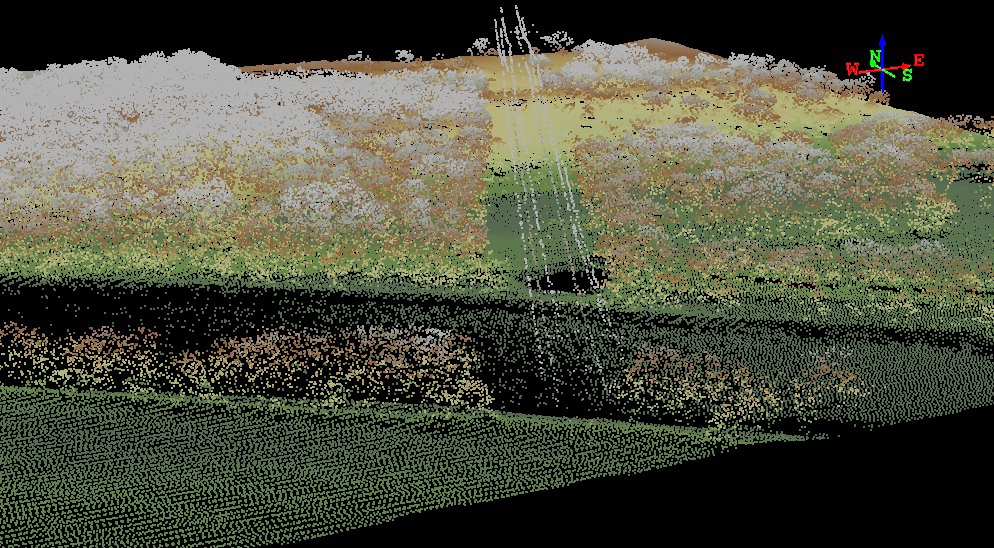
Fig 1. Lidar point cloud.
Illinois Data
As part of the Illinois Height Modernization program lidar data is now available for several counties (https://www.isgs.illinois.edu/nsdihome/webdocs/ilhmp/data.html).Can this data be useful for Archaeologists and Cultural Resource Managers? Accurate and detailed elevation models can be derived from the data. This may provide us the ability to obtain accurate location and topographic information for prehistoric mounds and earthen constructs. Over 9000 mounds are documented with in Illinois most of which (approximately 2/3) have not been formally relocated or otherwise verified in the past 25 years.
It is important to note that numerous variables related to the laser system and specifics of the actual flight paths all have a direct impact on the density of the data and it is the density of laser returns that defines the resolution of the data. In regards to this Illinois lidar data, there is no current standard set of technical specifications for each county level data set and therefore, datasets between counties are not equal.
To assess the usefulness of Illinois lidar data we chose two known prehistoric mound groups for which lidar data is also available. First is the Aiken Mound group located in JoDaviess County. During the years (2005 to 2006), ISAS staff relocated the mound locations at this site as part of a larger, ultimately successful effort, to preserve the sites and its mounds. The Aiken group is located on the bluffs of the Mississippi river. The current land use/cover was moderately open grassy pasture with moderate cover of mature deciduous trees.
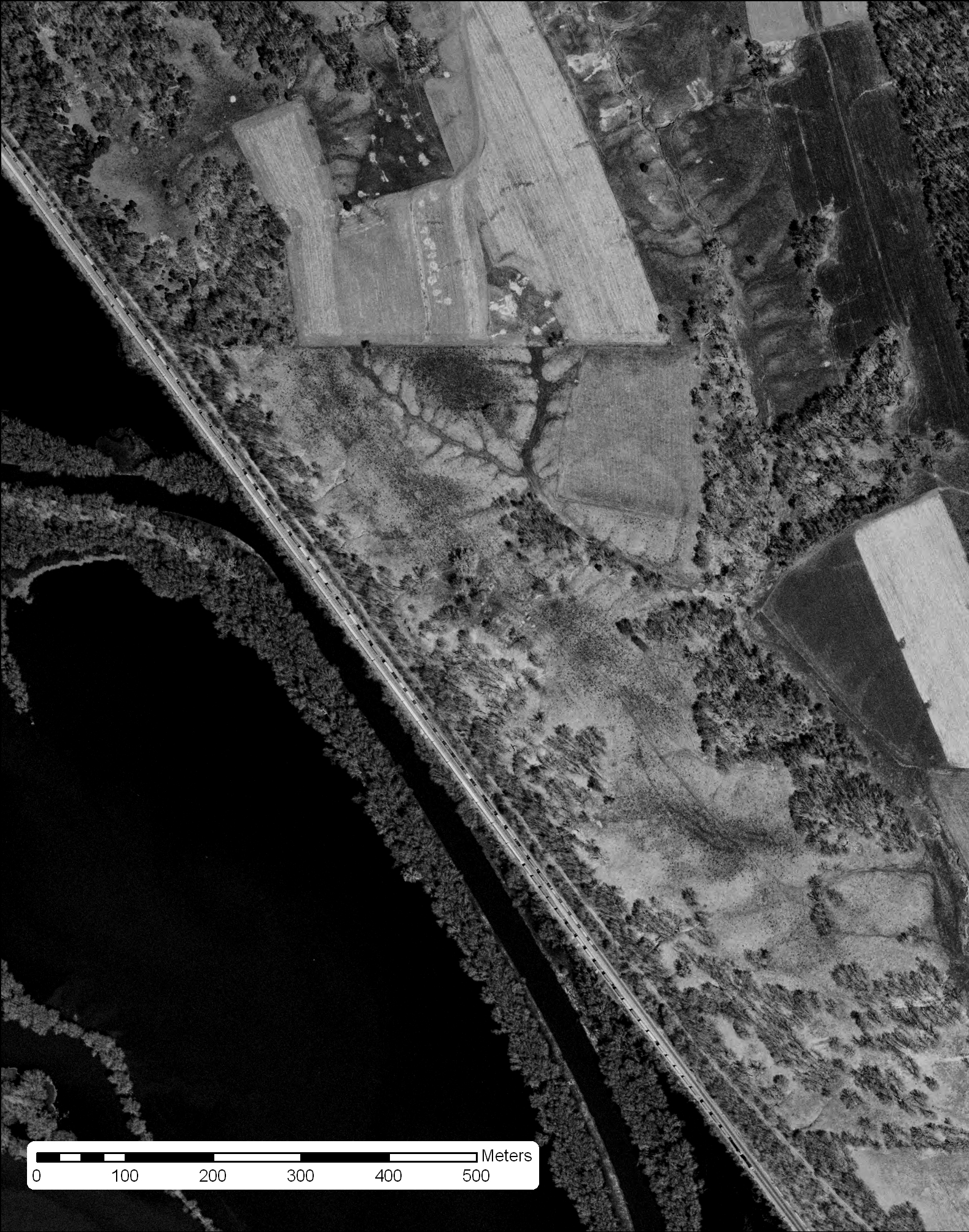
Fig 2a. Current aerial photograph of the site area.
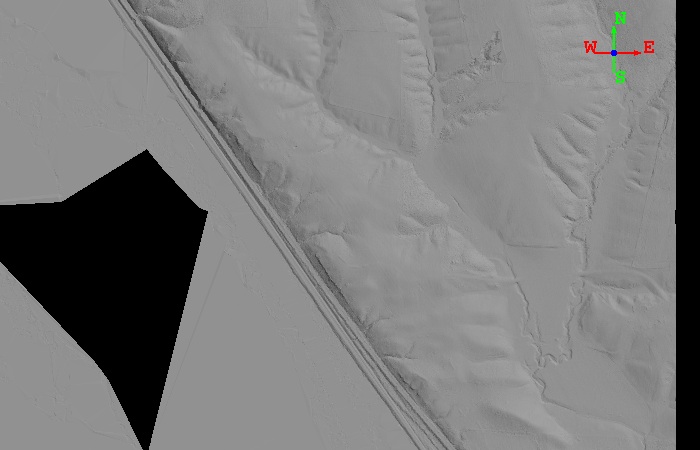
Fig 2b. Lidar image of above extent.
Our efforts in relocating the mounds were guided in large part by a late 19th century map of the site. In 1898 an amateur Archaeologist named William Baker Nickerson mapped and explored the site. The following is a section of Nickerson's map.
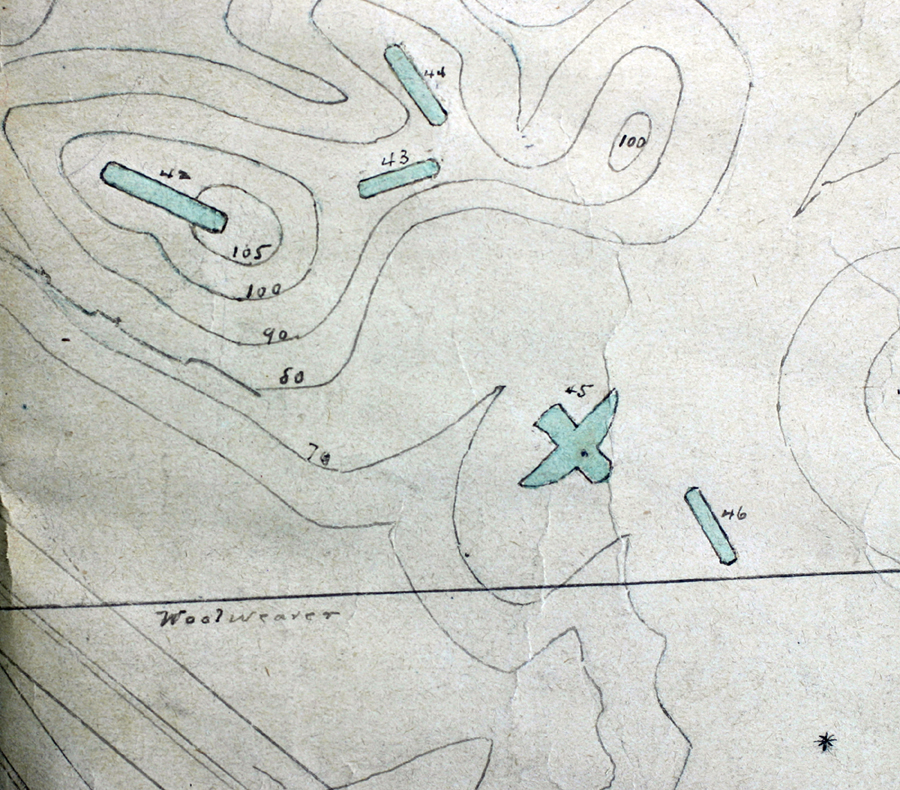
Fig 3. Nickerson detail.
And here we see the same area as revealed from the lidar data.
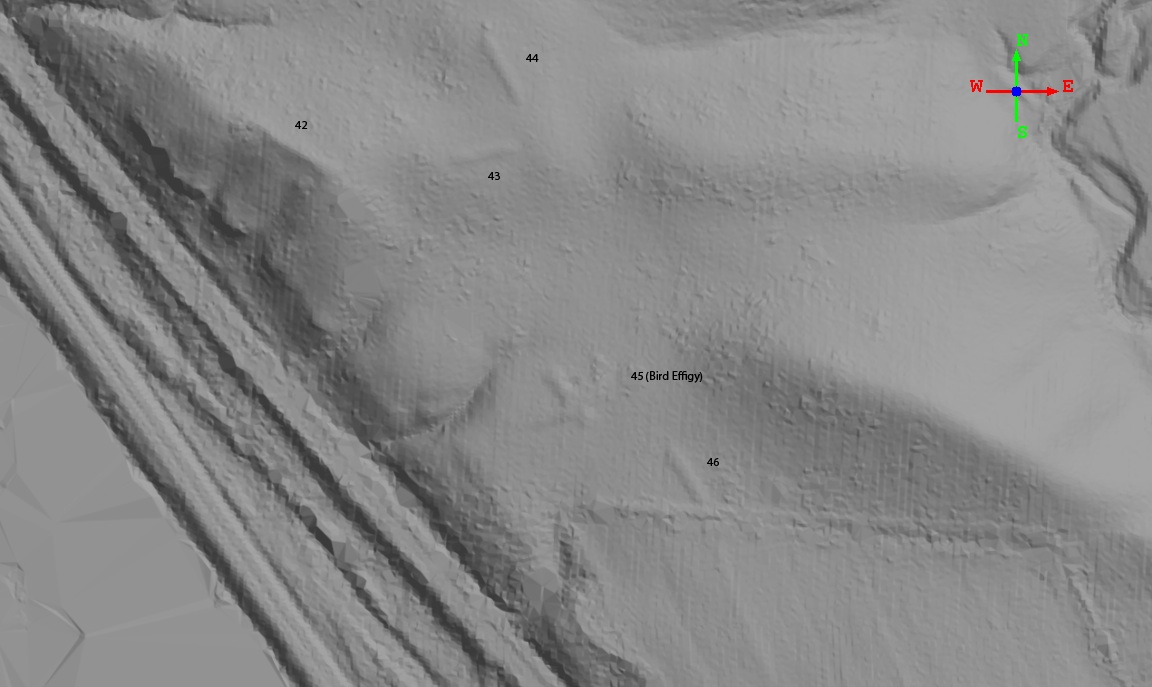
Fig 4. Lidar image of landscape.
This section of mounds are all evident when observed by ISAS staff on the ground. To increase the visibility in the lidar data the vertical axis was exaggerated by a factor of 2.
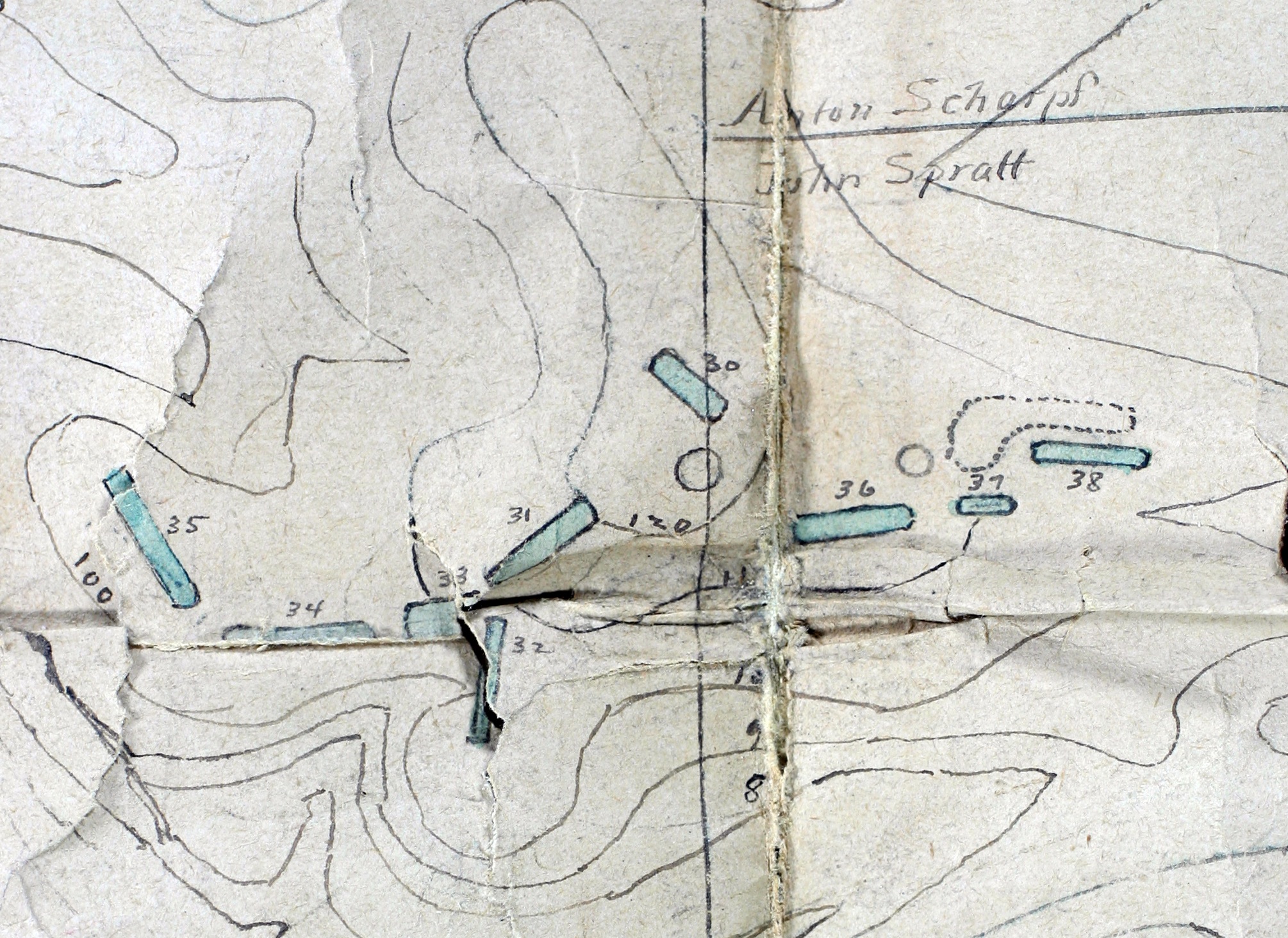
Fig 5. Another section from Nickerson's map.
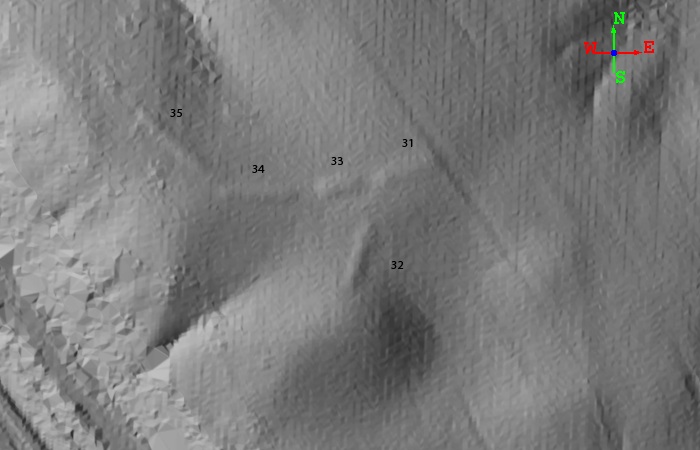
Fig 6. Lidar derived image of same area.
When the area pictured in figures 5 and 6 were visited by ISAS staff we could discern two of these mounds.
Our second example was randomly chosen from sites in Winnebago County that contained mounds and were located entirely in thick woodlands. We chose the Shirland mound group, located along the Pecatonica River (Fig 7). As seen in this recent aerial photograph, the site is located within a thickly wooded parcel.
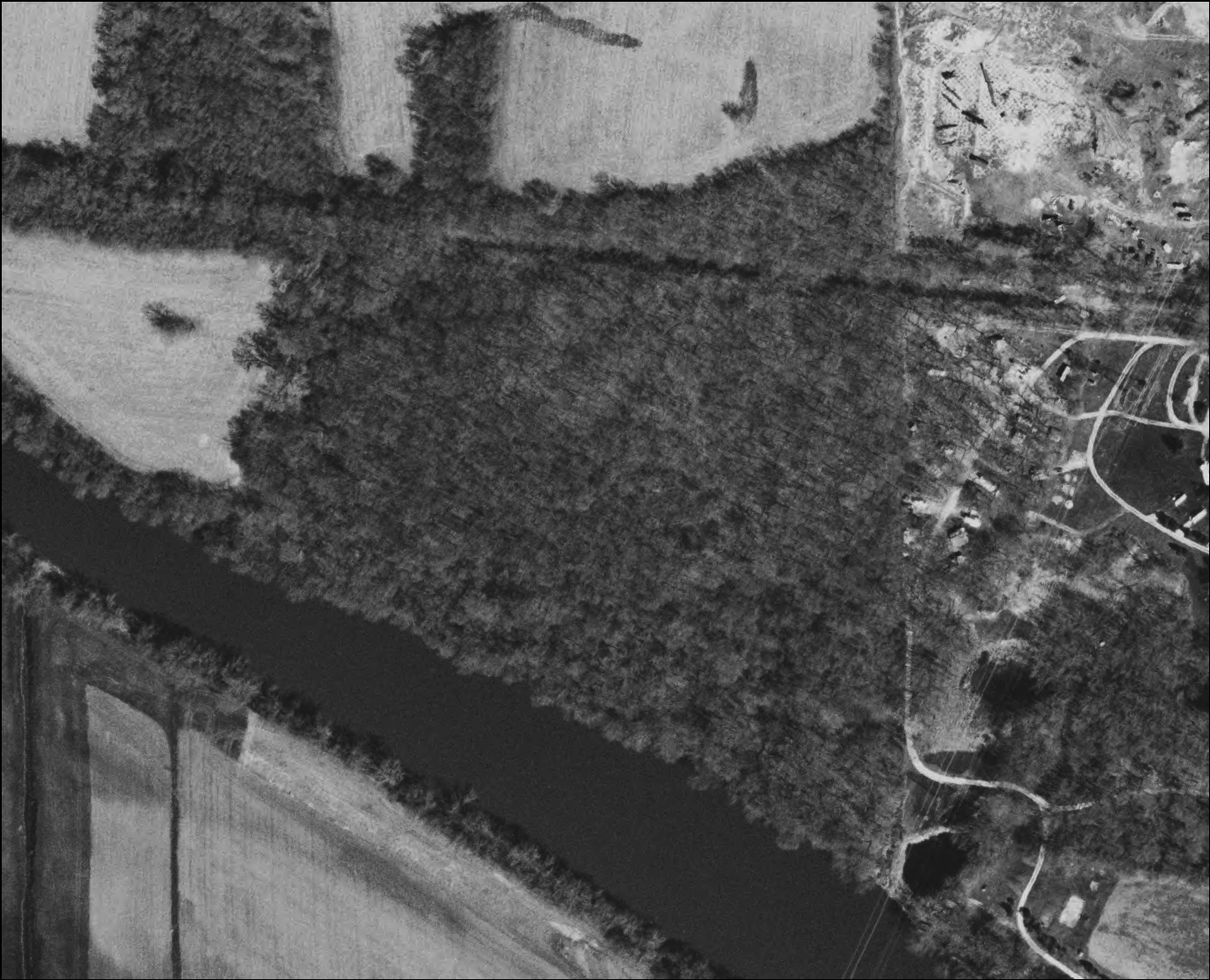
Fig 7. Aerial image of the Shirland site locale - note heavily wooded areas.
As seen in the lidar point cloud, the area is heavily wooded (Fig. 1).
Note power lines crossing the river with forested banks. We can also accurately assess the height of the vegetation by analyzing the point cloud data. In Figure 8 we collapse the data, revealing a virtual slice through the point cloud at the Shirland site location. The data reveals the tree cover to be 40-60 feet tall across the site.
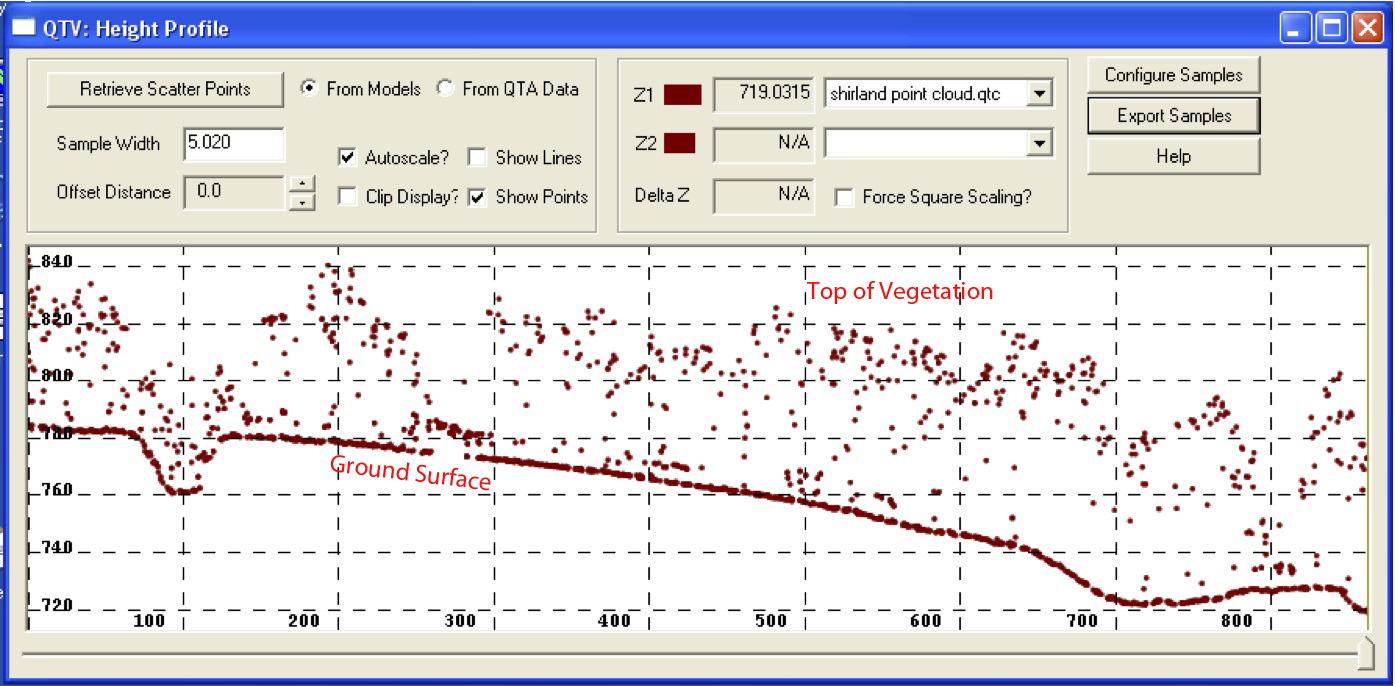
Fig 8. Crossection through point cloud data.
The Shirland site was reported in the 1970's as a group of 14 mounds, of which 10 were conical, 2 oval and 2 linear shaped.
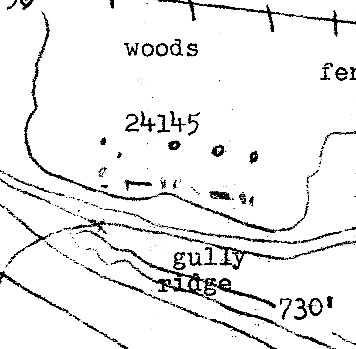
Fig 9. Original sketch map of the site indicating mounds.
And here in Figures 10 and 11 we see the bare earth data of the site location.
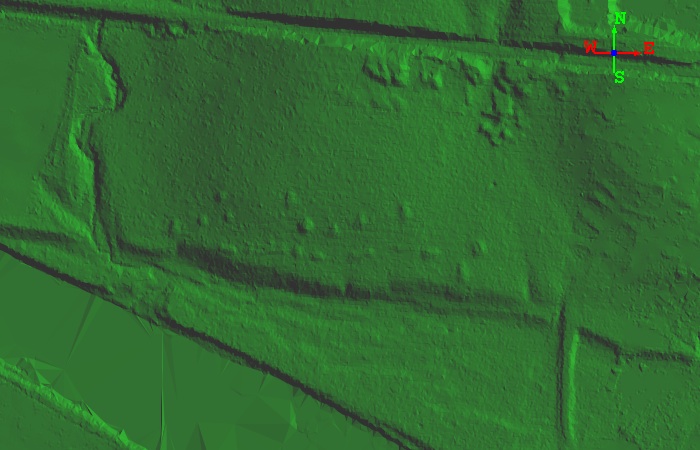
Fig 10. Two dimensional lidar derived image of the Shirland site.
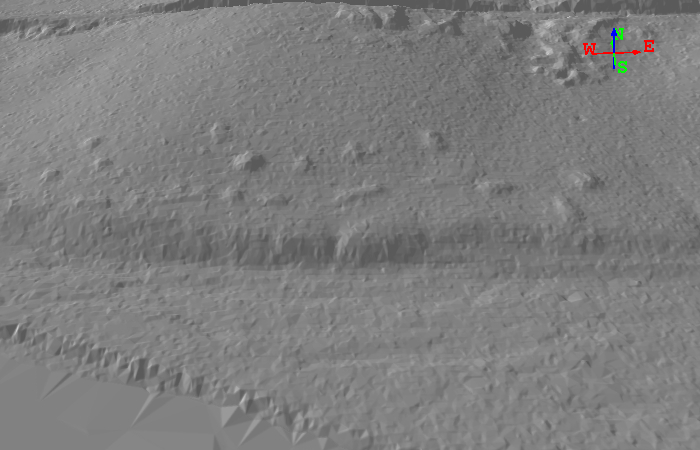
Fig 11. Oblique view of Shirland site with 2x vertical exaggeration.
When compared to the sketch map made in the 1970s, (Fig 9) clearly the lidar data is capturing the mounds. In fact, we see 18 mounds in the lidar image, four more than was observed on the ground. Clearly the available Illinois lidar data shows great promise in assisting Archaeologists in the identification of prehistoric mounds.